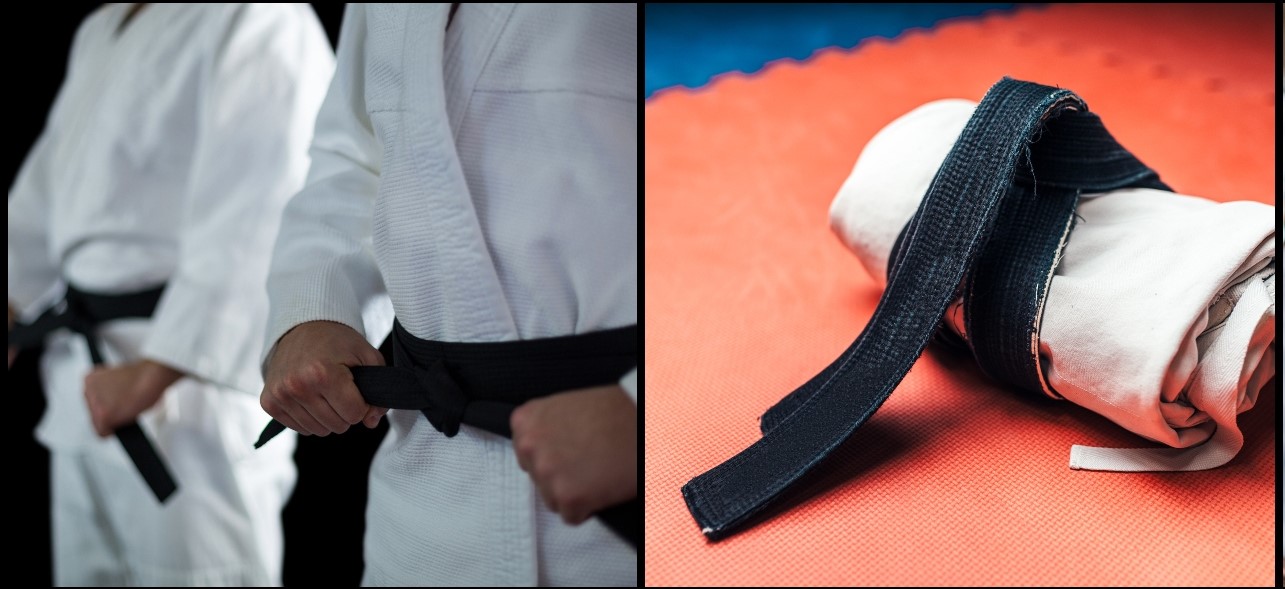Vy at The Karate Championships

On the 4th November, I competed in the 50th Wado Kai European Karate Championships in Strasbourg, along with 450 other competitors from all over Europe and emerged with a Silver medal in the individual category and a Bronze from the team category, despite only having two days to practise with my team members. In preparation, I attended extra weekly training sessions with my sensei and even politely requested some assistance from an ever so slightly-unwilling older brother.
The atmosphere was incredible. Judges dressed in formal, black suits, seated around mats in the middle of the stadium, with a screen displaying the competitors’ scores in front of them. Though it was the main event of the tournament, competing was only a small part of what made the experience so memorable.

What really elevated the experience was the level of sportsmanship and support in the competition, within the squads and whilst competing against other countries. I can distinctly remember the cheering from 150 Hungarian competitors and the clanging of the Swiss cowbells filling the stadium. To top it all off, I had the opportunity to practise a bit of German whilst attempting to converse with another competitor.
Although I competed in all my events within three hours, I was in the stadium for the rest of the day to cheer my teammates on, and I enjoyed every second of it.
By Vy - Year 9
